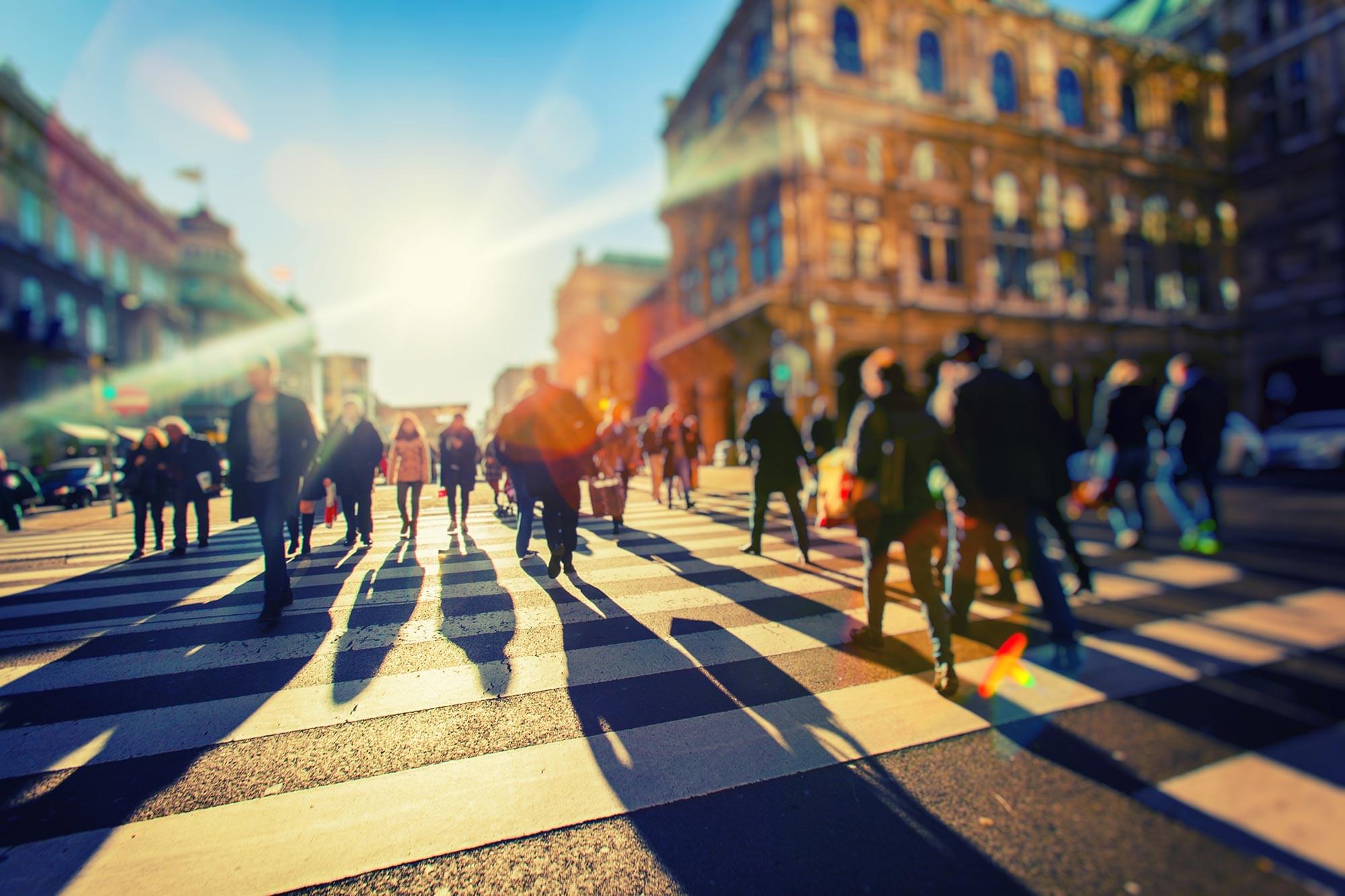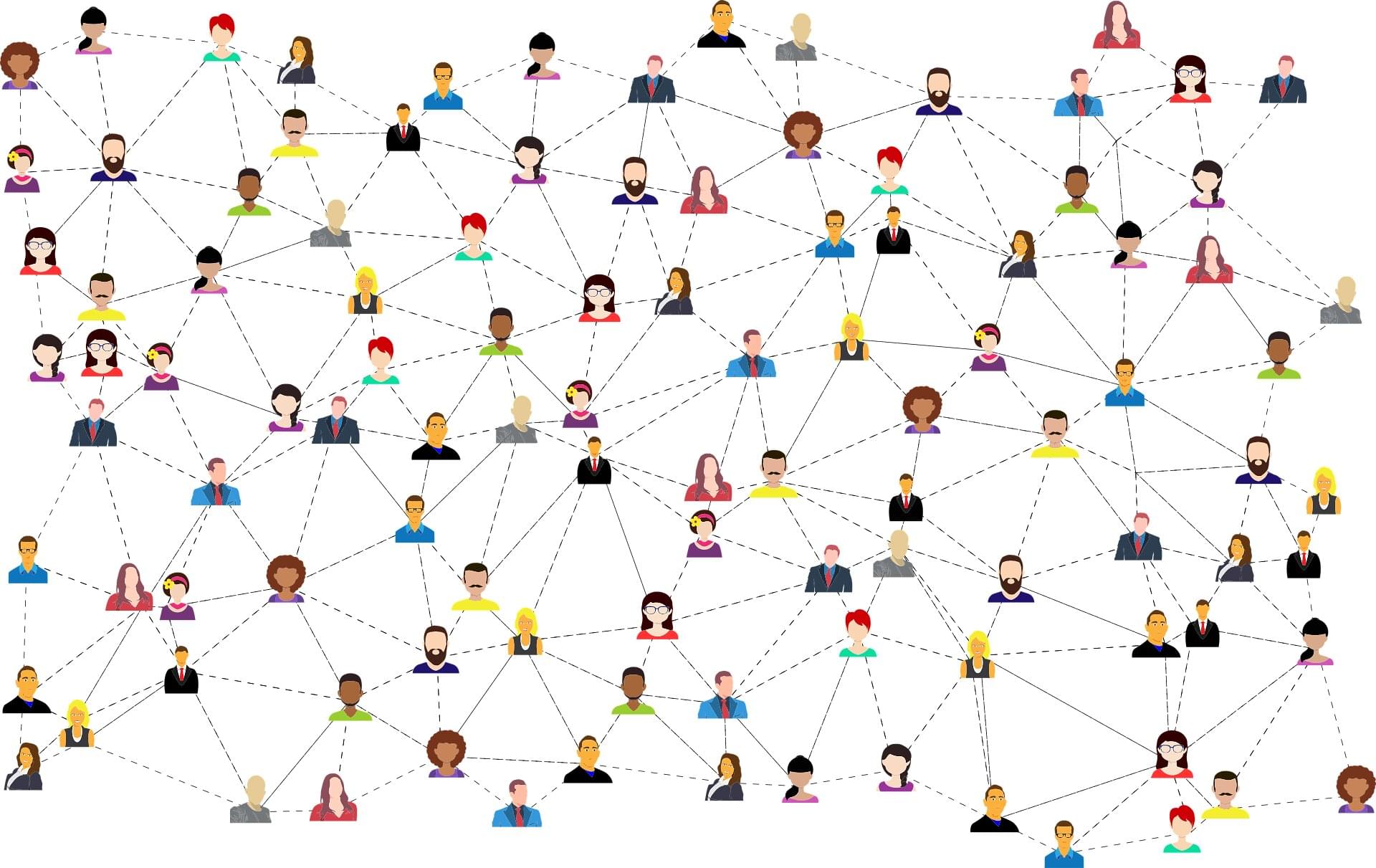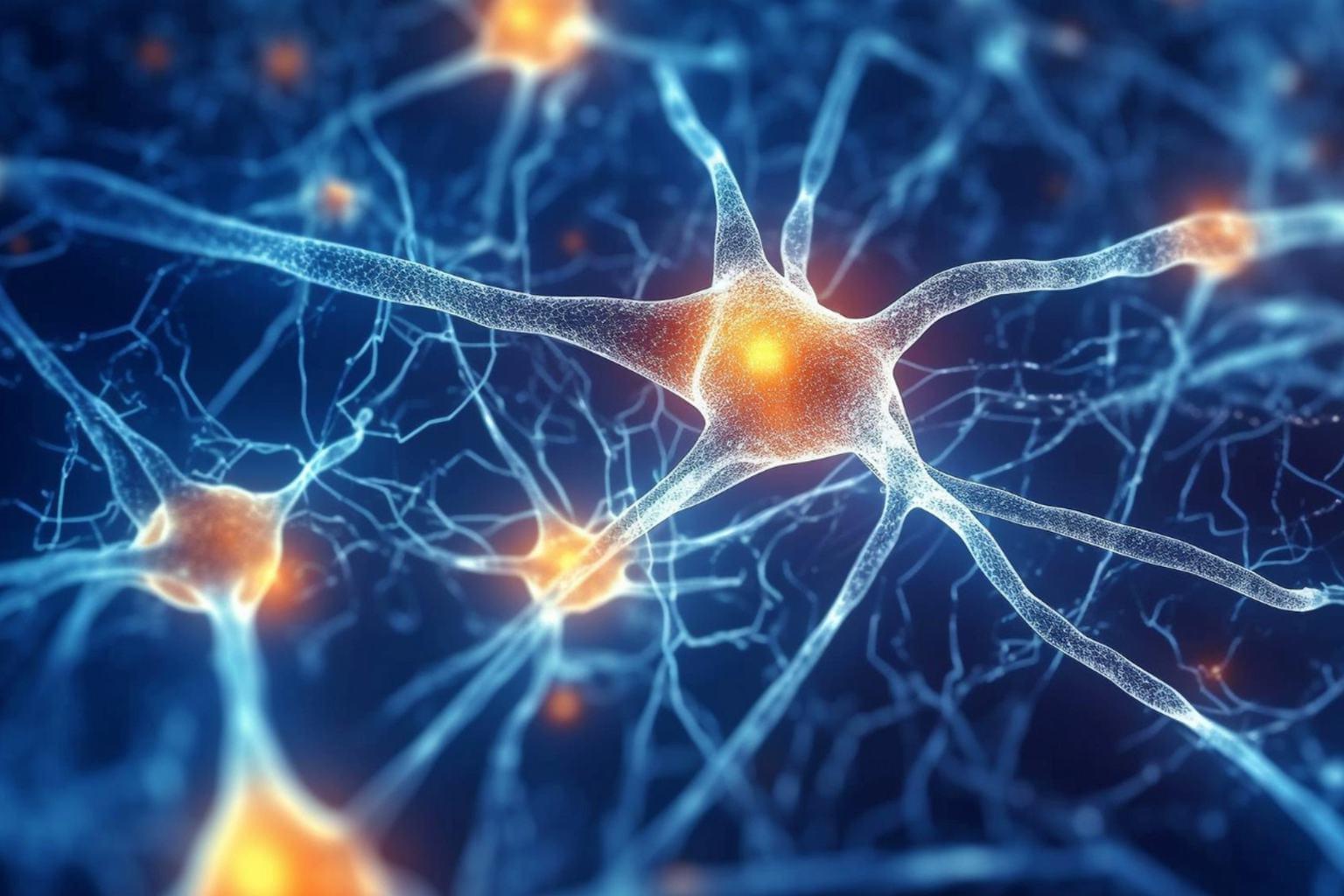What if a city’s mood could be mapped like weather? Researchers at the University of Missouri are using AI to do exactly that—by analyzing geotagged Instagram posts and pairing them with Google Street View images, they’re building emotional maps of urban spaces.
These “sentiment maps” reveal how people feel in specific locations, helping city planners design areas that not only function better but also feel better. With potential applications ranging from safety to disaster response, this human-centered tech could soon become part of the city’s real-time dashboard.
Human-Centric City Vision
